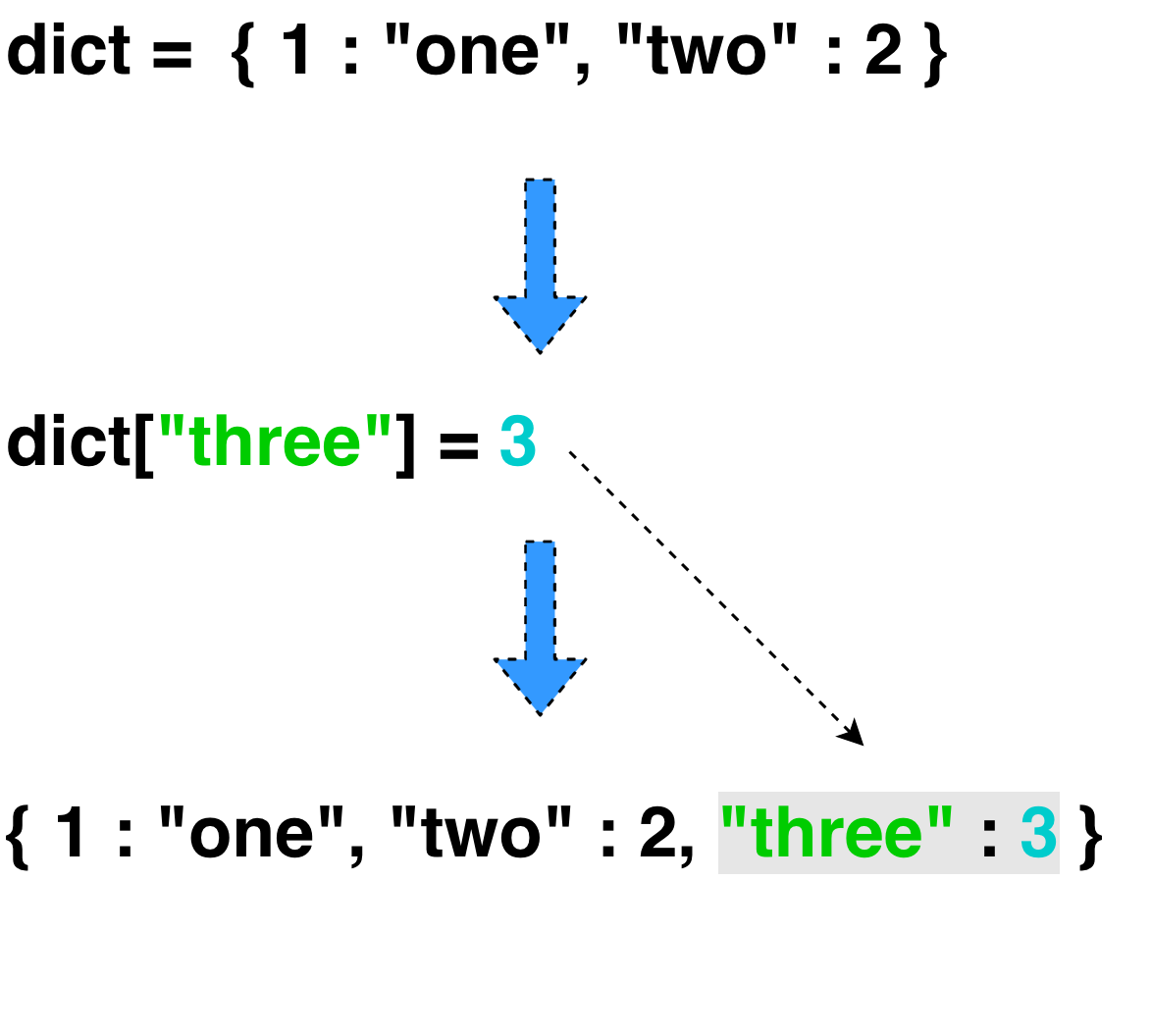
Tuple
- () 소괄호로 둘러싼다.
- 리스트는 수정이 가능하나 튜플은 수정 불가능
- 괄호 생략 가능
- index 불러오는 방법, slicing 등이 list와 동일
Set
- 다양한 타입의 element들을 저장할 수 있다.
- list와 다르게 요소들이 순서대로 저장되어 있지 않기 때문에 for문에서 읽어 들인다면 무작위 순서대로 출력
- 순서가 없으므로 indexing도 없음
- 동일한 값을 가지고 있는 요소가 1개 이상 존재할 수 없기에 중복된 값을 저장할 수 없다.
- 동일한 값의 요소가 존재한다면 새로운 요소가 이 전 요소를 치환(replace)한다.
생성방법
- {} 중괄호 사용
- set() 함수 사용
요소 추가
.add()
my_set = {1, 2, 3}
my_set.add(4)
print(my_set)
> {1, 2, 3, 4}요소 삭제
.remove()
my_set = {1, 2, 3}
my_set.remove(3)
print(my_set)
> {1, 2}Look up
값의 포함 여부를 알아보는 것
in 사용
my_set = {1, 2, 3}
if 1 in my_set:
print("1 is in the set")
> 1 is in the set
if 4 not in my_set:
print("4 is not in the set")
> 4 is not in the setIntersection (교집합) & Union (합집합)
교집합
& 키워드 혹은 intersection() 함수를 사용
set1 = {1, 2, 3, 4, 5, 6}
set2 = {4, 5, 6, 7, 8, 9}
print(set1 & set2)
> {4, 5, 6}
print(set1.intersection(set2))
> {4, 5, 6}합집합
| 키워드 혹은 union 함수를 사용
print(set1 | set2)
> {1, 2, 3, 4, 5, 6, 7, 8, 9}
print(set1.union(set2))
> {1, 2, 3, 4, 5, 6, 7, 8, 9}Dictionary
my_dic = { "key1" : "value1", "key2" : "value2"}
- 중괄호 {} 를 사용해 dictionary를 선언한다.
- key 와 value 의 값으로 이루어져 있다. key 값이 먼저 나오고 그리고 : 이 위치하고 그 다음에 value 값이 나온다.
- 각각의 key : value 들은 ,(comma) 로 구분한다.
bts_rm = { "실명" : "김남준", "가명" : "RM", "태어난 년도": 1991 
- List와 차이점은 요소의 index를 사용하는것이 아니라 key 값을 사용한다는 점
- key 는 string 뿐만이 아니라 숫자도 가능
- key 값은 중복될 수 없다.
- 존재하는 key 값이 또 추가 되면 기존의 key값의 요소를 치환
dict1 = { 1 : "one", 1 : "two" }
print(dict1)
> { 1: "two" }요소 추가
dictionary_name[new_key] = new_value

- 값이 동일한 key가 이미 존재하면 새로 추가되는 요소가 그 전의 요소를 치환

요소 수정
- key값으로 수정
my_dict = { "one": 1, 2: "two", 3 : "three" }
my_dict["four"] = 4
print(my_dict)
> {'one': 1, 2: 'two', 3: 'three', 'four': 4- 비어있는 dictionary를 만든 다음에 하나 하나씩 추가해 나가는 것도 가능
- 비어있는 dictionary를 선언하기 위해서는 요소가 없는 중괄호를 사용
my_dict = { }
my_dict[1] = "one"
my_dict[2] = "two"
> {1: 'one', 2: 'two'}요소 삭제
my_dict = { "one": 1, 2: "two", 3 : "three" }
del my_dict["one"]
print(my_dict)
> {2: 'two', 3: 'three'}